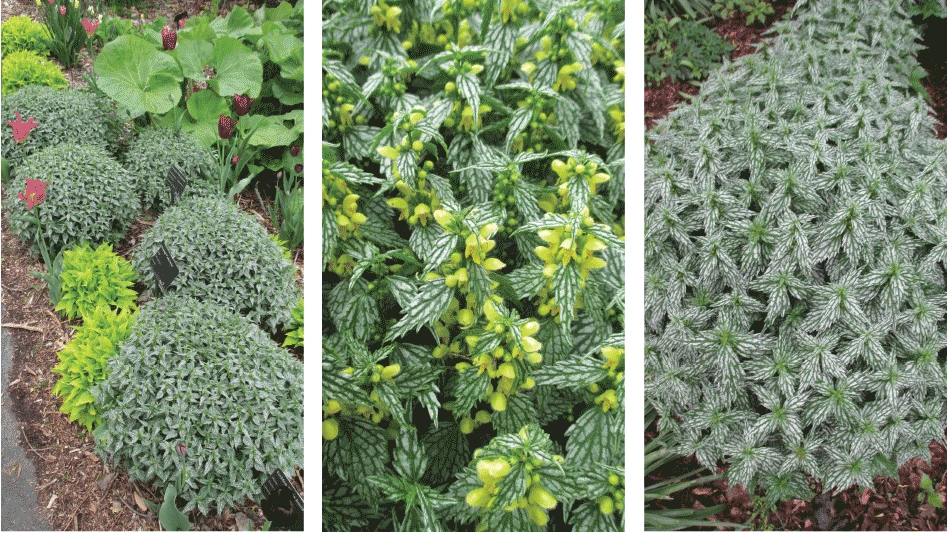
On June 21, 2016, the Federal Aviation Administration (FAA) finally released permanent rules for the non-hobbyist (commercial) use of small unmanned aircraft systems (sUAS). The rules, referred to as Part 107, cover a broad spectrum of commercial uses for drones (weighing less than 55 pounds at take-off) including “crop monitoring & inspection.”
With the explosion in the availability of highly automated and affordable sUAS in the past seven years, came a heightened interest in using these aerial platforms in the green industry for a variety of tasks including: crop monitoring (nutrient, water, pest, general health); chemical/nutrient applications; asset tracking and management (e.g. greenhouse frames, irrigation systems, fencing, roofs); crop inventory management (e.g. count, size, quality, crop insurance); and marketing and sales.
While our research efforts at the University of Arkansas during the past six years have focused on developing an automated method to count plants on the ground using an aerial platform (see story in Nursery Management, January 2014), I envision a “low hanging fruit” application for the nursery industry, which is to monitor crop health more efficiently. Crop monitoring can be easily accomplished using a low-cost platform2 ($500 to $3,000) and either a visual or near infrared camera.
Although commercial use of sUAS has been allowed by the FAA since September 2014 through a tedious process called a 333 Exemption, the new rules (Part 107) offer green industry users a more rational and less burdensome pathway to commercial use.
The following are a few highlights (from the 624 pages of the permanent rule1).
Pilot (now referred to as operators) Certification

- No longer need medical certification (Class 2 was required for COA)
- No longer need to take the Private Pilot FAA Knowledge Test (This is a huge accommodation compared to previous guidelines.)
- Requires a remote pilot airman (RPA) certificate with a small UAS rating which will require you pass an initial aeronautical knowledge test at an FAA-approved knowledge testing center, or, you can be under the direct supervision of a person who holds such a certificate. (FAA approved testing sites can usually be found at most mid- to large-sized airports.)
- Vetted by TSA
- Minimum age 16
Operations
- Operation requires a certified remote pilot in command (RPIC), however, a visual observer (VO) is optional (this is another easing of previous guidelines).
- Visual line-of-sight (VLOS) only; the unmanned aircraft must remain within VLOS of the remote pilot in command and the person manipulating the flight controls of the small UAS. Alternatively, if you use First Person View (FPV) or similar technology, the unmanned aircraft must remain within VLOS of the visual observer. (For most green industry applications this will not be a huge issue, however, this will require some critical planning for uses on large acreage.)
- Maximum flight altitude 400 feet above ground level (AGL)
- Operations within Class G airspace without air traffic control (ATC) permission
- Daylight-only operations with appropriate anti-collision lighting
- May not operate over any persons not directly participating in the operation (For years we have emphasized that for most agricultural applications the flight environment is low risk with minimal people in the intended flight area.)
- Can fly a drone while you’re in a moving car or truck provided the drone is in a “sparsely populated area.”
Aircraft requirements
- FAA airworthiness certification not required
- Aircraft (>0.55 pounds) must be registered with FAA (Registering your aircraft has also gotten much easier and now involves a very easy-to-use online system at https://registermyuas.faa.gov)
For those that have never been required to fly under the previous FAA rules (COA & 333 Exemption), these rules may seem burdensome, but they are many times less burdensome than previous guidelines and offer users in the green industry an easier pathway to commercial uses.
Disclaimer: This article summarizes particular aspects of the full rule, which goes into effect Aug. 29, 2016. It is for educational purposes only and not meant to provide legal or regulatory advice for the safe and legal operation of any small unmanned aerial system. It is the responsibility of the small unmanned aerial system user to read, understand and follow all items covered in this rule. Users are also subject to state laws in which they operate.
Dr. James Robbins is an extension professor at the University of Arkansas, Division of Agriculture; jrobbins@uaex.edu.
Check out the August issue of Nursery Management for more information.
Get curated news on YOUR industry.
Enter your email to receive our newsletters.Latest from Nursery Management
- NewGen Boxwood added to Proven Winners ColorChoice line
- Terra Nova releases new echinacea variety, 'Fringe Festival'
- American Horticultural Society names winners of 2025 AHS Book Awards
- Nufarm announces unified brand
- American Horticultural Society announces winners of 2025 Great American Gardeners Awards
- Shifting the urban environment
- The Growth Industry Episode 3: Across the Pond with Neville Stein
- What's in a name?







